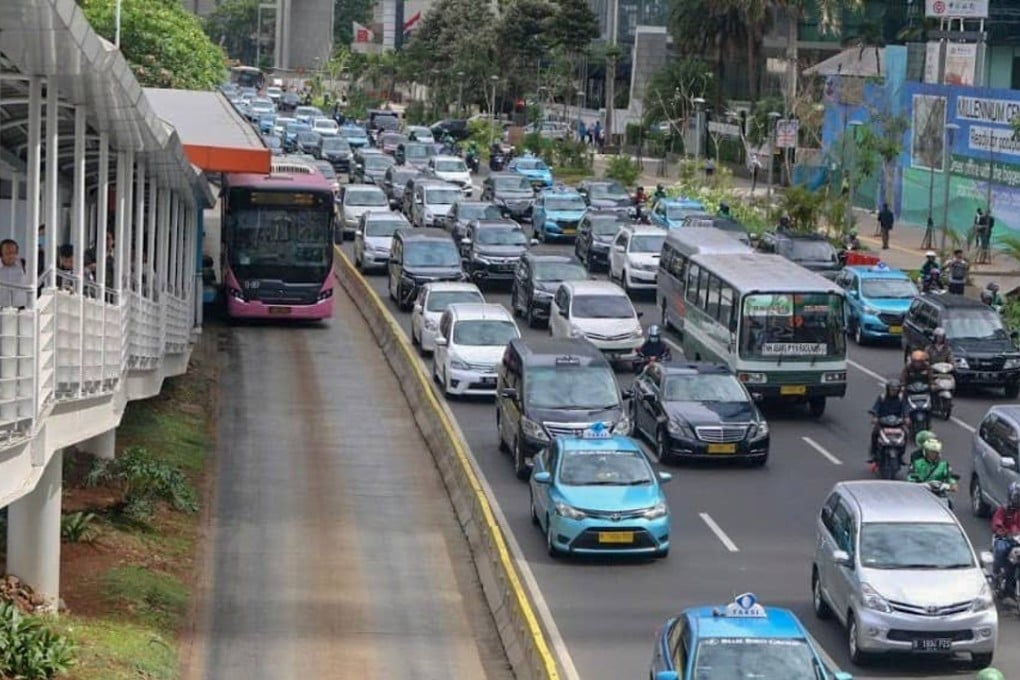Ceritalah | What Malaysia’s MRT has to learn from Indonesia’s BRT
- The Indonesian megacity’s TransJakarta bus rapid transit system is far from posh, but it offers cheap and effective transport to a population of 32 million

Sleek. Plush. Expensive.
Kuala Lumpur’s MRT – the 51km-long Sungai Buloh-Kajang line – is a magnificent piece of engineering. Its dazzling, above-ground stations loom over the landscape like spaceships.
Costing US$4.7 billion, the project has attracted criticism for its lavishness, not to mention its strange alignment – many of its stations just so happen to dot some of the Malaysian capital’s most elite neighbourhoods such as Damansara Heights and Taman Tun Dr. Ismail.
Jakarta’s urban transport infrastructure isn’t nearly as posh. The Indonesian megacity with its 32 million population – comprised of central Jakarta, Bogor, Depok, Tangerang and Bekasi – has had to make do with far more limited resources: sweating assets to the max.

Back in the early 2000s as the city shook off the constrictions of the Suharto era, it quickly became clear that congestion was a major challenge. The-then governor, a feisty former general, Sutiyoso, having viewed Bogotá’s revolutionary bus rapid transit (BRT) system, elected to introduce a similar version in the capital – implementing the first route along the all-important Jalan Sudirman/Jalan Thamrin, north-south axis.
